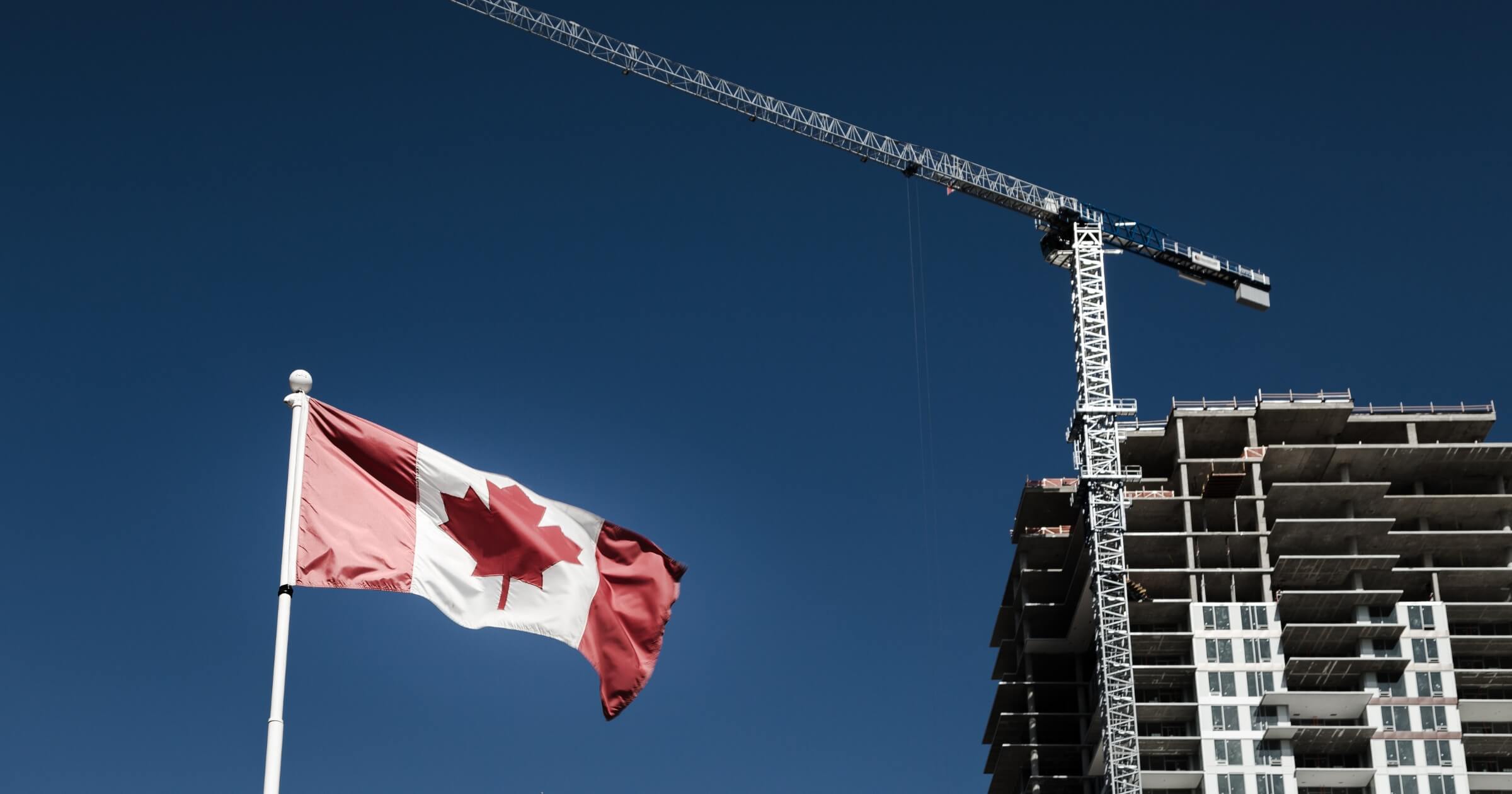In September 2025, Canada saw a surprising rebound in homebuilding, and there’s plenty to unpack about what’s driving it and what it means. National housing starts rose 14% month-over-month, reaching a seasonally adjusted annualized rate of 279,234 units, up from a revised 244,543 units in August.
What’s behind the jump of Canadian housing starts?
One of the key drivers is multi-unit construction, especially in bigger cities. Canada Mortgage and Housing Corporation (CMHC) data shows that much of the growth came from apartment building and other multi-unit project starts in Ontario, Québec, and the Prairie provinces.
“While these results indicate some resilience, it is worth noting that current housing starts levels are generally reflective of decisions made months or even years ago when investor confidence was higher than it is today,” said CMHC’s deputy chief economist Tania Bourassa-Ochoa.
Builders also appear to be responding to a long-standing supply constraint in Canada’s housing market. With demand still present, particularly for rental housing, and with some easing of labor and material backlogs, developers are pushing ahead.
What are the risks or headwinds?
Even with this good news, there are still things to watch out for. High interest rates can make it harder for people to buy homes and for builders to start new projects. The rise in Canadian housing starts mostly reflects plans made months ago, so future growth will depend on whether borrowing costs remain steady and demand holds up. Material prices, including lumber, steel, and labor, continue to fluctuate, which can make building more expensive. Some areas are also moving more slowly than others. In Vancouver, housing starts dropped about 1% in September, showing how uneven the recovery can be across regions.
What does this uptick in Canadian housing starts signal for the broader housing recovery?

The 14% increase suggests that the Canadian housing market might be turning a corner, at least on the supply side. More new units coming online could ease affordability pressures over time and give renters and buyers more options. For policymakers and industry watchers, the brakes may be coming off. Yet, because many of these projects were initiated earlier, the uptick may be as much about clearing the backlog as about fresh expansion. What happens next may depend on whether demand remains stable, costs stay manageable, and interest rates don’t climb further.
September’s jump is a bright spot, but not a signal that everything is back to boom times. Instead, it’s a reminder that the housing recovery is underway, but still subject to caution.
Want to stay ahead of the latest housing market moves and construction trends in Canada? Subscribe to our newsletter for weekly updates.


